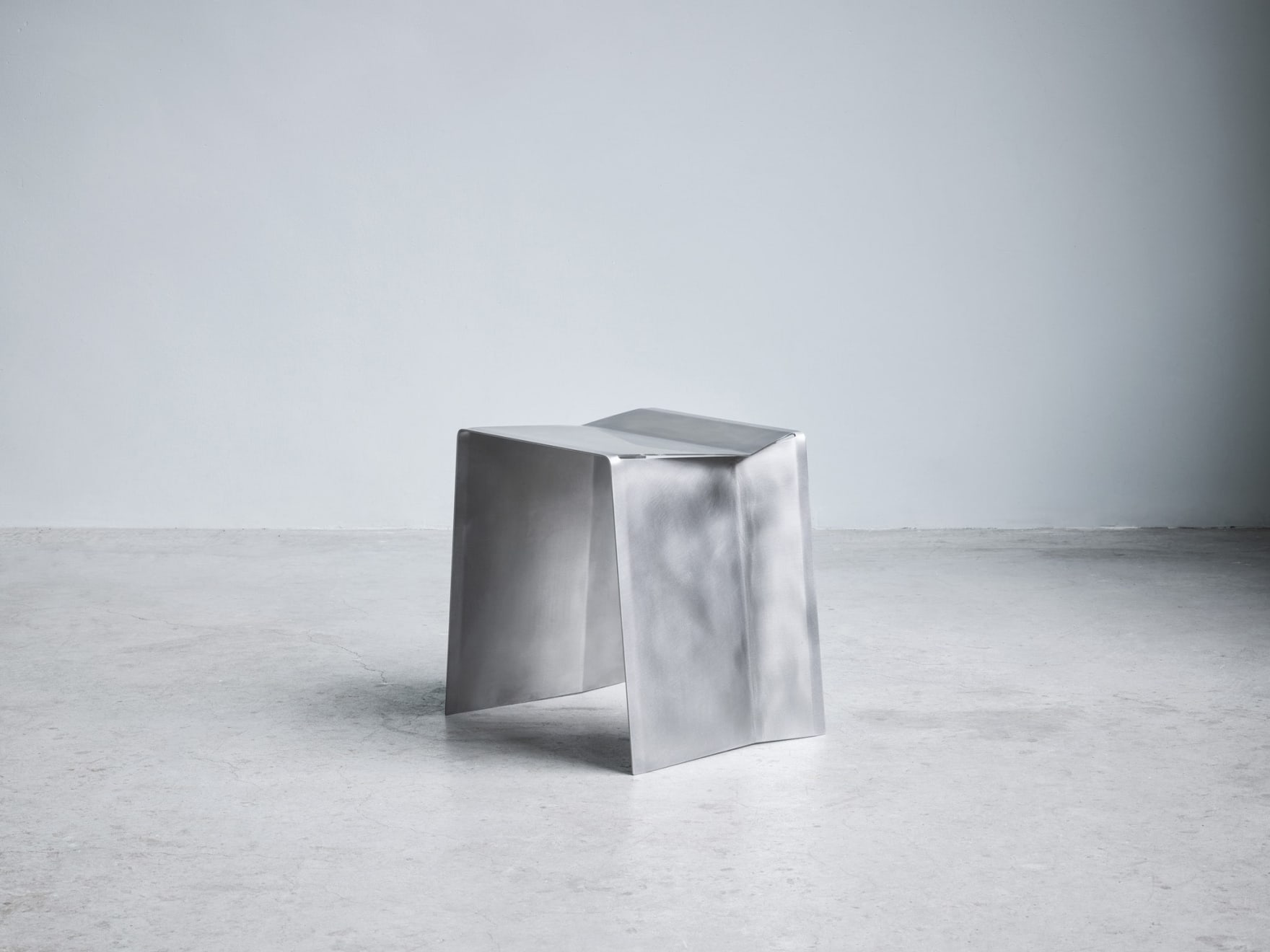Open a larger version of the following image in a popup:
 Photography about.today
Photography about.today
 Photography about.today
Photography about.today
Open a larger version of the following image in a popup:
 Photography about.today
Photography about.today
 Photography about.today
Photography about.today
Open a larger version of the following image in a popup:
 Photography about.today
Photography about.today
 Photography about.today
Photography about.today
Open a larger version of the following image in a popup:
 Photography about.today
Photography about.today
 Photography about.today
Photography about.today
Open a larger version of the following image in a popup:
 Photography about.today
Photography about.today
 Photography about.today
Photography about.today
Open a larger version of the following image in a popup:
 Photography about.today
Photography about.today
 Photography about.today
Photography about.today
Paul Coenen Dutch, b. 1992
Taburetė / Camber stool, 2021
Nerūdijantis plienas / Stainless steel
Open edition
Open edition
47 x 37 x 45 cm
Dizaineris gali sukurti specialiai Jums, įsiklausęs į Jūsų poreikius. / Made to order creations can be done, please contact us for any request
Dizaineris gali sukurti specialiai Jums, įsiklausęs į Jūsų poreikius. / Made to order creations can be done, please contact us for any request
Further images
The Camber bench and stool originated from the idea of manufacturing a piece of furniture from a single piece of sheet metal. The inclining angle of the seat formed the...
The Camber bench and stool originated from the idea of manufacturing a piece of furniture from a single piece of sheet metal.
The inclining angle of the seat formed the basis for the rest of the design, with each cut and fold having the same 5 degree angle.
Starting with a flat rectangle, two angular cuts are made. The first three folds are then made lengthwise by machine, after which the legs are finally bend into the right angle by hand.
Paul Coenen (1992) employs a intuitive and hands-on approach, where he explores his fascination for materials and both modern and traditional manufacturing techniques. His work is straightforward; the appearance of the objects are a consequence of material and technique.
He graduated from the Design Academy Eindhoven in 2019.
The inclining angle of the seat formed the basis for the rest of the design, with each cut and fold having the same 5 degree angle.
Starting with a flat rectangle, two angular cuts are made. The first three folds are then made lengthwise by machine, after which the legs are finally bend into the right angle by hand.
Paul Coenen (1992) employs a intuitive and hands-on approach, where he explores his fascination for materials and both modern and traditional manufacturing techniques. His work is straightforward; the appearance of the objects are a consequence of material and technique.
He graduated from the Design Academy Eindhoven in 2019.






